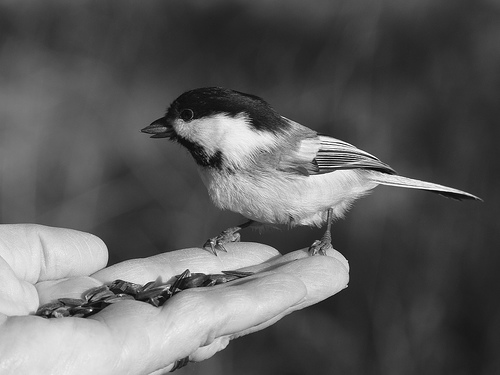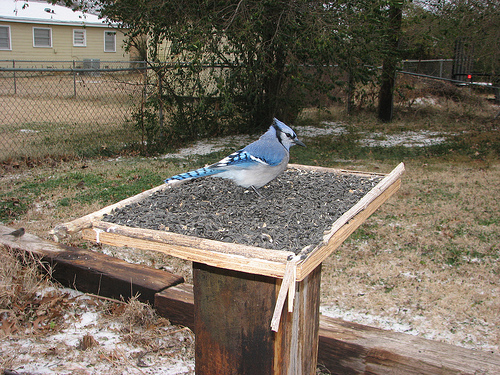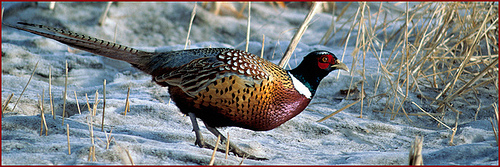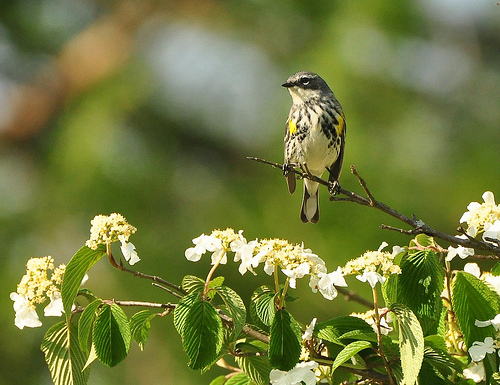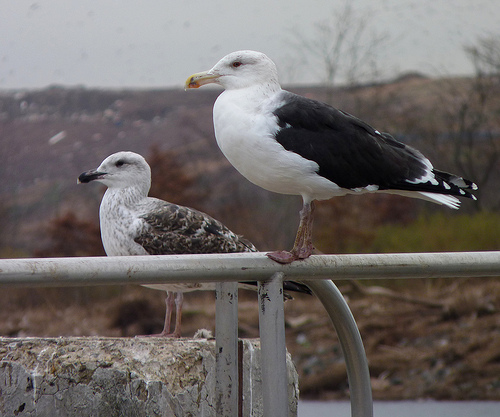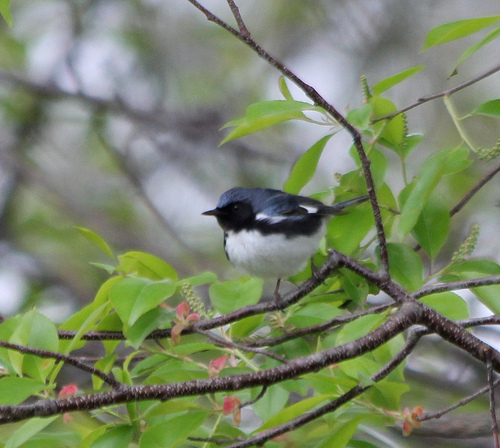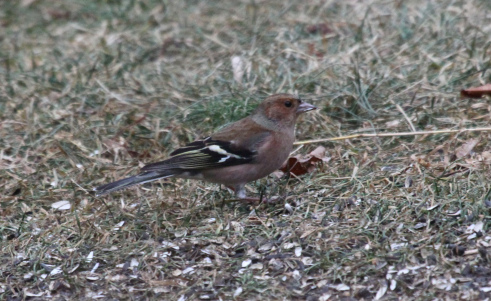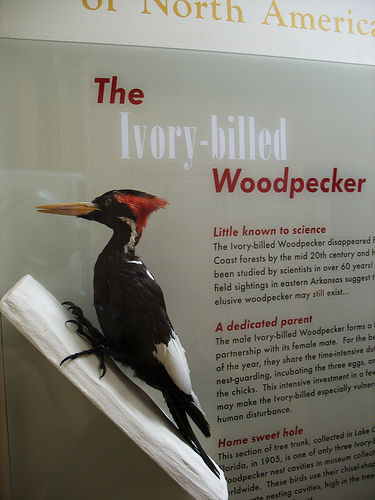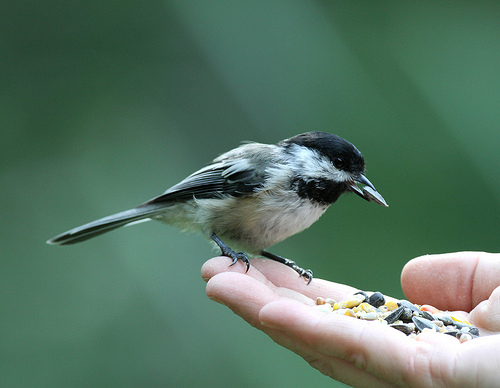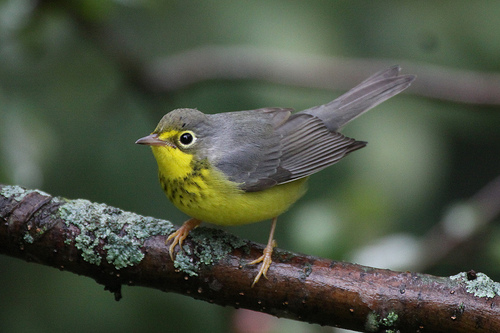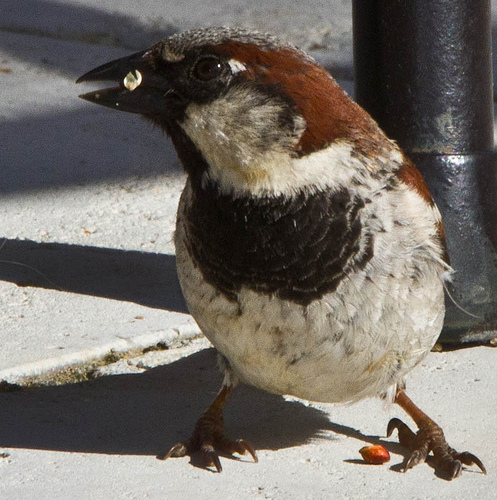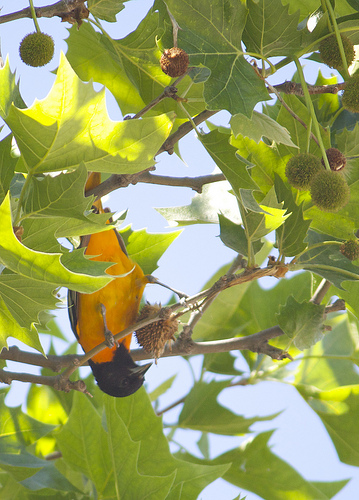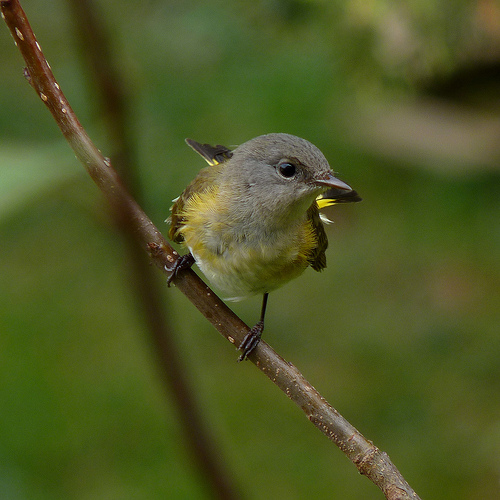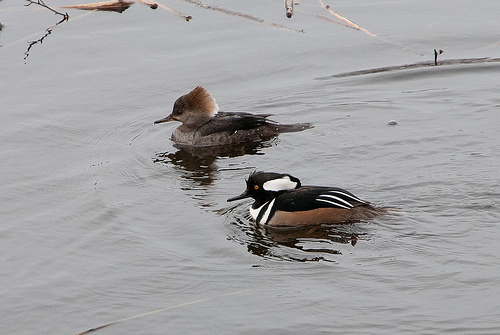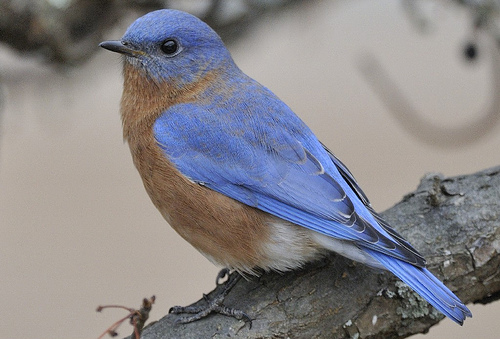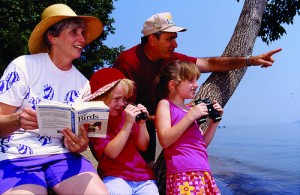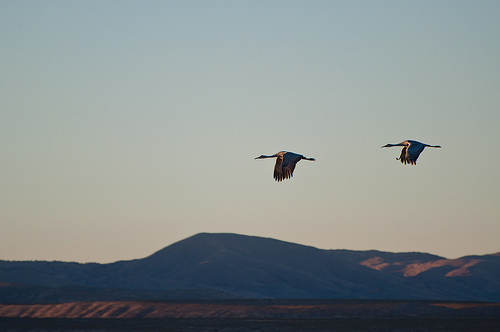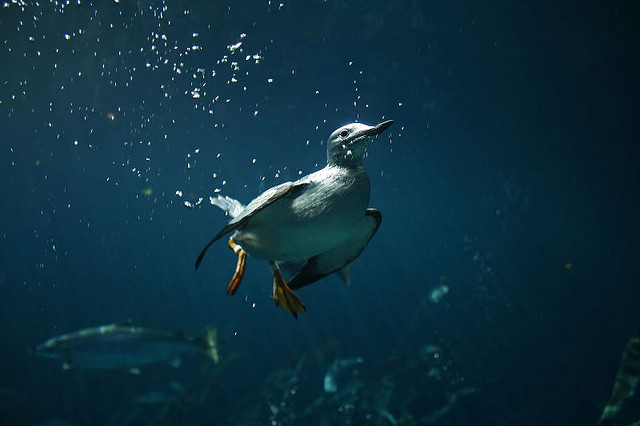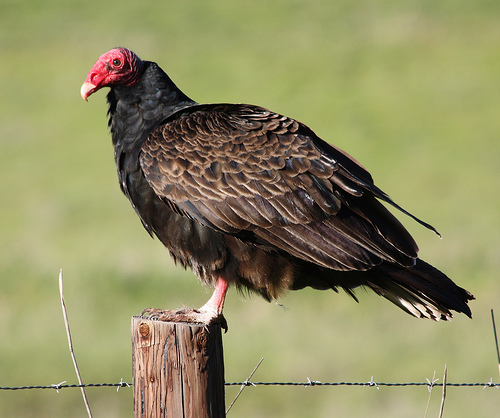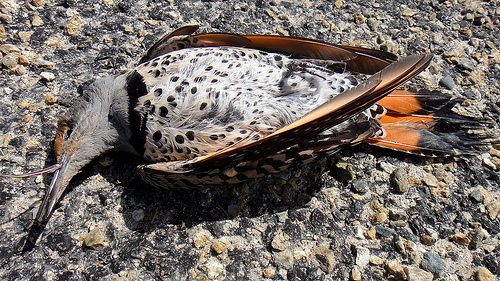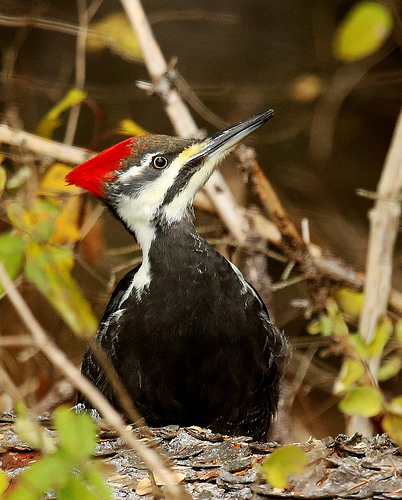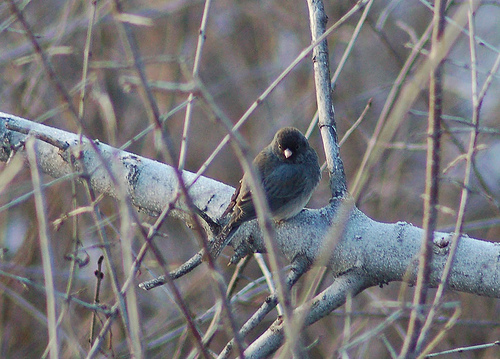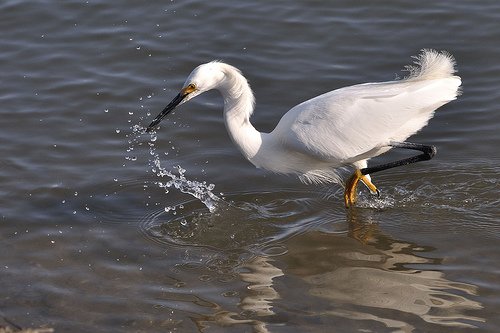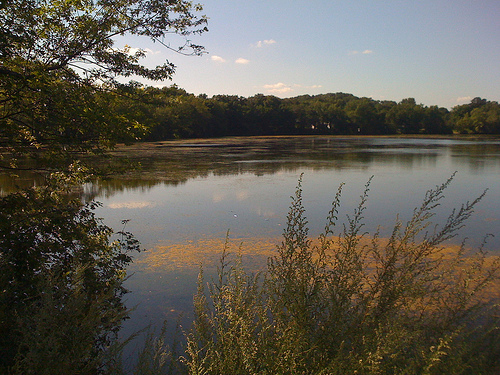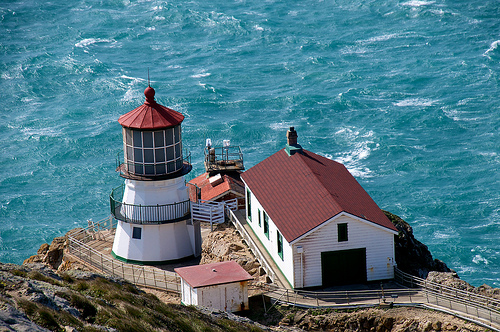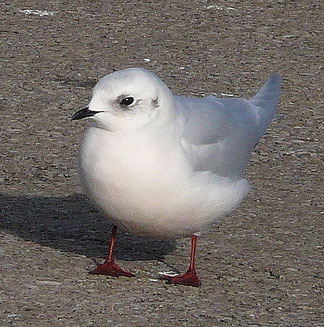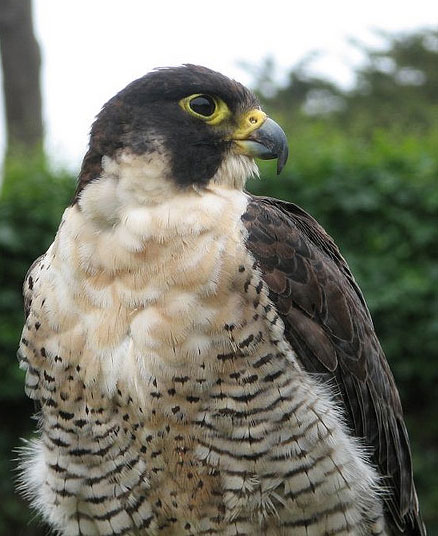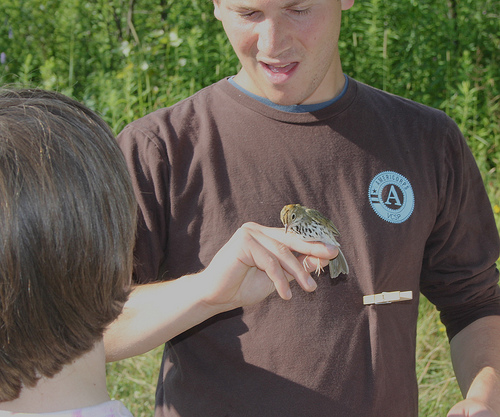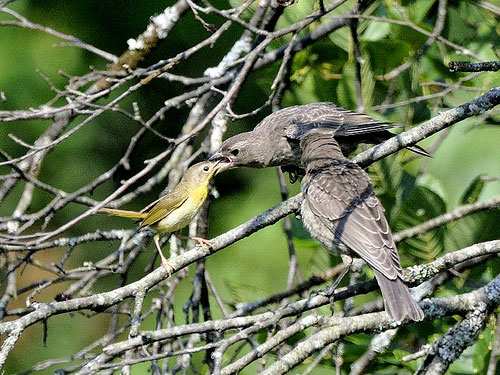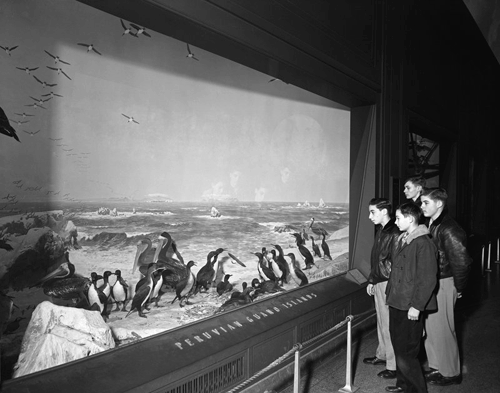Jeff recalls hand-feeding chopped walnut meats to a Black-capped Chickadee:
I didn’t have a spark per se but rather more of a constantly fed comfortable fire. My father was already a “bird-watcher” when I was born 65 years ago. There were always feeders in the yard every winter and I remember being impressed and thrilled when there were invasions of siskins,
Evening Grosbeaks and other special birds. All through my childhood, my father and I would take walks in the woods, often at Fannie Stebbins Refuge in Longmeadow or Forest Park in Springfield and would look for anything that caught our eye when it came to nature. We also fished a lot and hunted some (I don’t remember ever killing anything.) so these also usually turned into nature trips. We went to the beach a lot in the summer and always stopped to check out the waders and shorebirds in the salt marshes.
There was a small patch of “woods” near my house and my friends and I would spend hours playing and exploring this area. I remember one day finding three young Screech Owls sitting next to each other on a low branch and running home to get my Brownie camera to take their picture. None of this seemed unusual to me and I figured that every kid grew up with as much exposure to nature as I had. I have since learned that this was not the case and I treasure all the times I spent with my father and friends in the woods that gave me such an appreciation of nature.
One of Jeff’s fondest memories was of one particular Chickadee that would fly to him whenever he walked out of the house. photo by juicyverve
As I grew older, other things like girls, college, the army, and jobs took precedence over birds and my birding activity fluctuated. My father continued with his interest and actually became president of the Allen Bird Club in Springfield for a while in the ’60s. I was lucky enough to marry a woman who also had an interest in birds and we spent many years rekindling our mutual interests. We lived in the woods and it was here where I first started feeding Chickadees and Nuthatches by hand. I used chopped walnuts and the birds loved them. One of my fondest memories was of one particular Chickadee that would fly to me whenever I walked out of the house. I even got in the habit of keeping some walnuts in my pocket to feed him(?) whenever he came to me. He had me well trained. He could even pick me out of a group of people. One summer day, my in-laws were at our house for a picnic and as the eight of us were sitting at the picnic table, the Chickadee flew over and landed on my shoulder. As my in-laws looked on in amazement, I reached in my pocket and pulled out some walnuts which he quickly grabbed and flew off. He often came back for seconds, so I gave some walnuts to my mother-in-law and told her to hold her hand out. Sure enough, he came back, landed on my shoulder for a second, and then right to her hand to grab his treat. He was around for about a year and a half and always made me happy. My wife and I eventually split up, but I’ve never lost my affection for Chickadees and still feed them by hand.
I love birding and seeing rare species, but I get just as much enjoyment from watching everyday birds going about their everyday activities. They still amaze me and every time I come across something that reminds me of things my father and I did, the fire is rekindled. I still have the first Peterson Guide my father and I used and it has a special place on my bookcase.
A homemade bird feeder launched Michael into birding:
My initiation into the ranks of birding began at the age of 12 with a Christmas gift: a jigsaw. My first project: a bird feeder. I still have a Polaroid snapshot of that crude attempt at carpentry, mounted on a pole in the snow outside the kitchen window. Within a day or two it had been discovered by some jays and chickadees, to be followed by other common denizens of the New England winter. As the snow melted in the spring, the feeder fell over, and I had to prop it up with cement blocks until the ground thawed and a proper hole for the post could be dug. That feeder served a good five years, and opened up a whole new world to me, a world that would come to include travel and friends and countless pleasurable hours based on birds and birding.
Blue Jays discovered Michael’s feeder at once. photo by thefixer
My second project, a bird house, only served to confirm and strengthen my new-found interest when a pair of tree swallows claimed it that April. That house, another crude product of scrap lumber and the jigsaw, probably stood five or six years, and every year produced a brood of tree swallows, and I also have a snapshot of that house with that first pair of swallows perched atop. Sometimes a gift can be a gift of another sort in disguise, and you can never tell where those ribbons and wrapping paper will lead.
The spark that turned Dave into a birder was the Blizzard of 1978:
My parents were outdoors people and passed their joy and appreciation of the out of doors on to their children. Our vacations were camping trips. We camped on the Cape, the White Mountains, Canada, and even had a 3 week camping trip across the country.
My father and I fished a great deal. We spent many hours walking the streams and rivers of New Hampshire. We went crabbing for Blue crabs in the tidal marshes and rivers of the South Cape area and fished for Stripers throughout the south side of the Cape. My parents also kept bird feeders. I can remember them sending in a post card to MA Audubon when they saw a Cardinal. My next memory of birds was when I was in high school and a flock of Redpolls came to the feeders for several days.
Ringed-neck Pheasant tracks sparked Dave’s interest. photo by USFWS
The spark that turned me into a birder though, was the Blizzard of ’78. My wife and I had an apartment in Danvers and the property behind it was open area that ended up along a small, tidal river. After a couple of house-bound days, I went out for a walk through this area and came upon a set of tracks. They were Ring-neck pheasant tracks. I followed these tracks for quite a ways until I came to where it roosted during the night, in the lee of the wind behind a big, carved out rock. As the winter unfolded, I continued going out on these treks looking for this bird. I often heard it in the morning heading off to work, but never saw it until the Spring. I continued these walks throughout the winter and into the spring. I’d go down to the tidal river at dusk and hunker down and watch the Black ducks fly in. I also got to observe a Great blue heron hunting. One day I stopped into the Reading Public Library to check out a couple of books on birds. The librarian struck up a conversation with me about birds and it was clear she had a passion for them. The librarian, Anne Blaisdell, told me about the Brookline Bird Club, of which she was a member. I went on several walks with the BBC and greatly enjoyed the new areas, birds, and people I met. The hook was set and I became a birder for life.
As an elementary and middle school science teacher for 36 years, I had the opportunity to share my passion of birds with my students. I used birds as the vehicle to teach observational skills to my students. For 32 years I took my students to Plum Island as part of our study on bird migration.
Birding is a joy! It can be done anywhere, any time, and on any scale you want.
Initial Post Responses: Part 1 Part 2 Part 3 Part 4 Part 5 Part 6 Part 7 Part 8 Part 9 Part 10 Part 11 Part 12
Join those who comment on what spark set them on their birding journey? Tell us about it with a comment below. You should sign up by RSS feed or via email to have future “spark” articles sent to you. Thanks

